Call For support:
1-877-GOEMANS
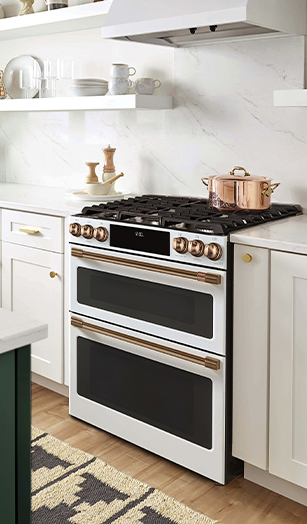
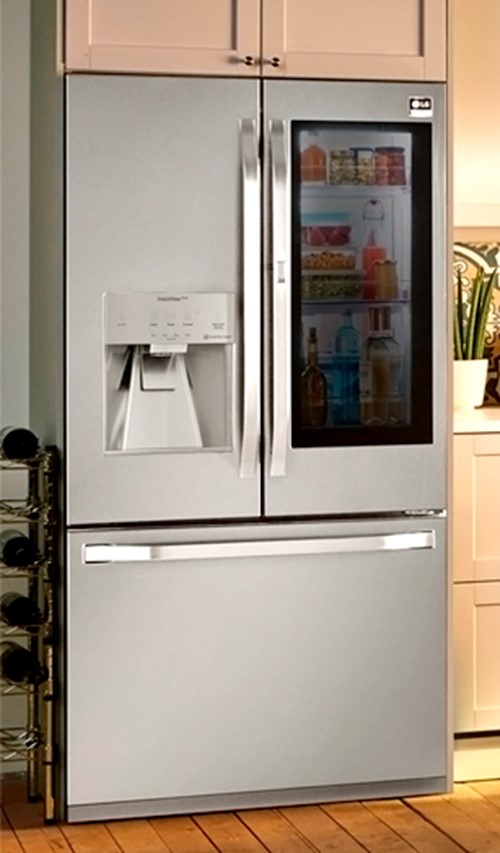
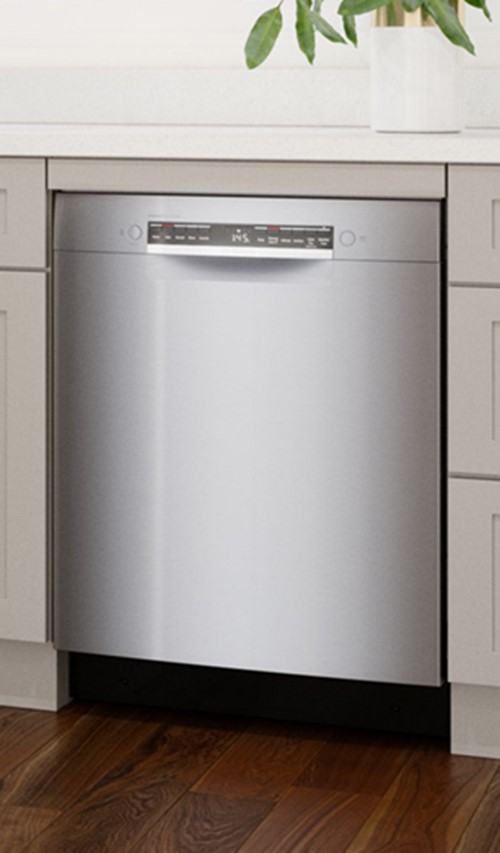
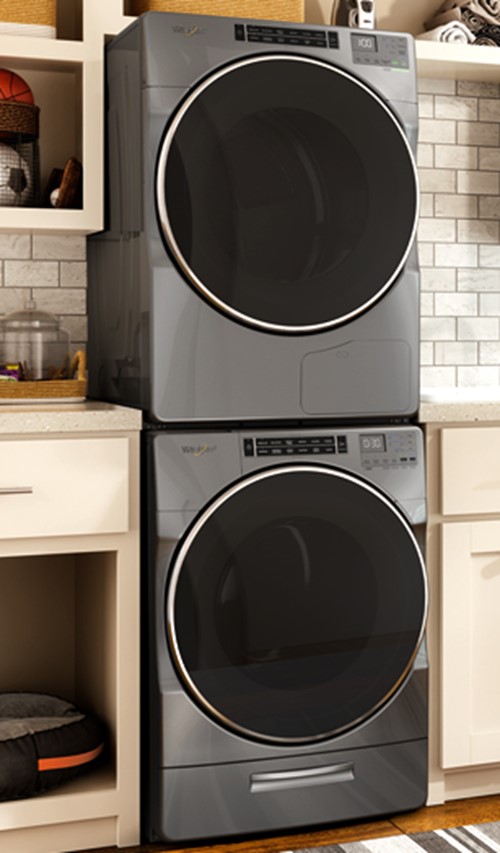
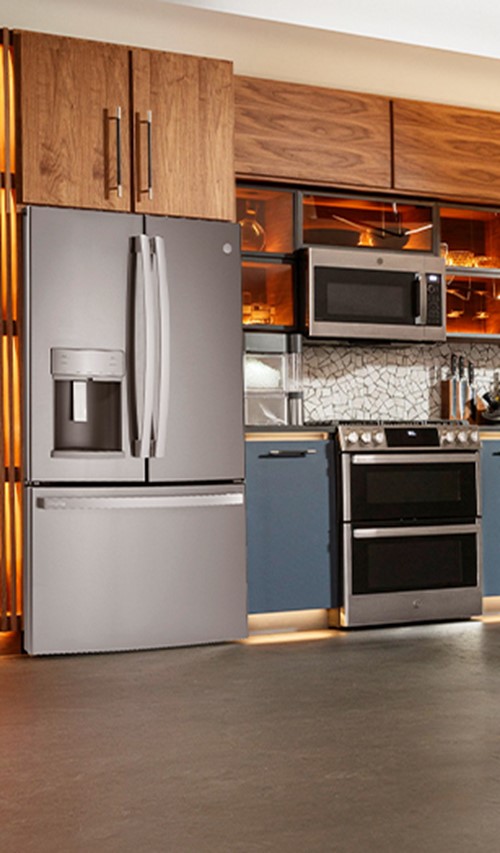
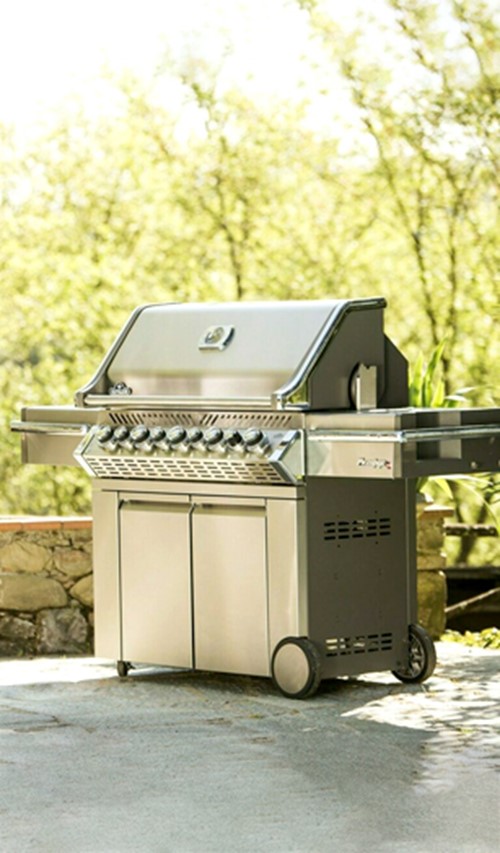
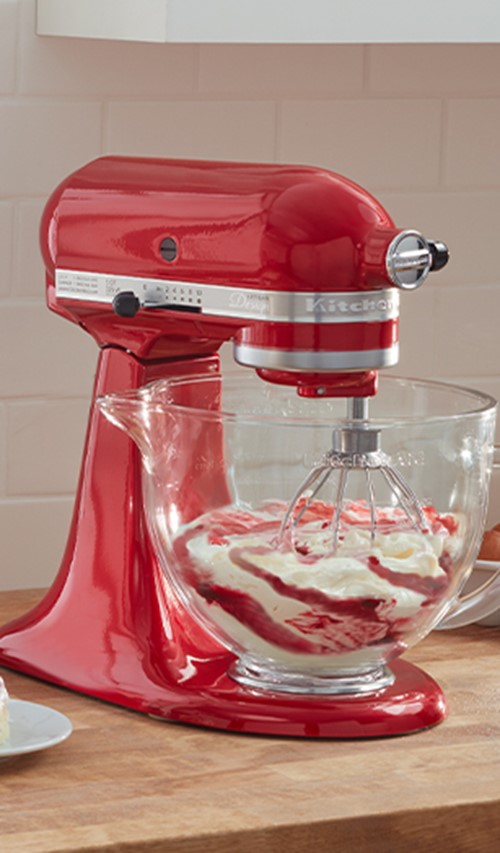
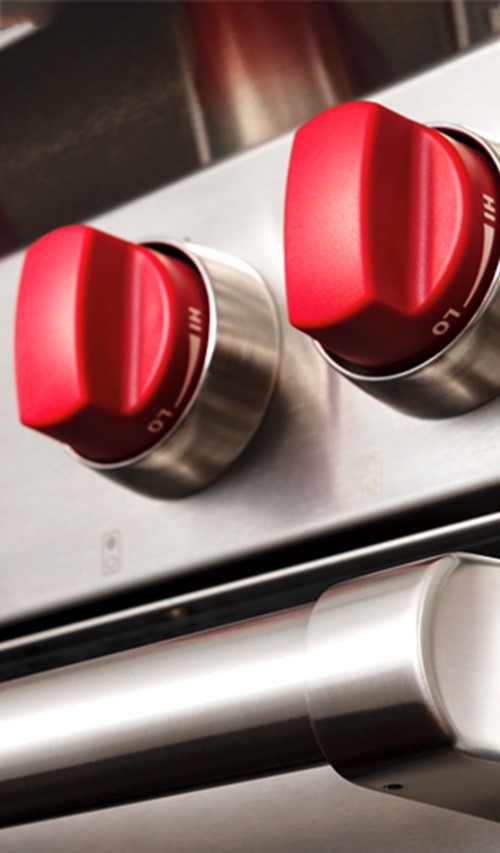
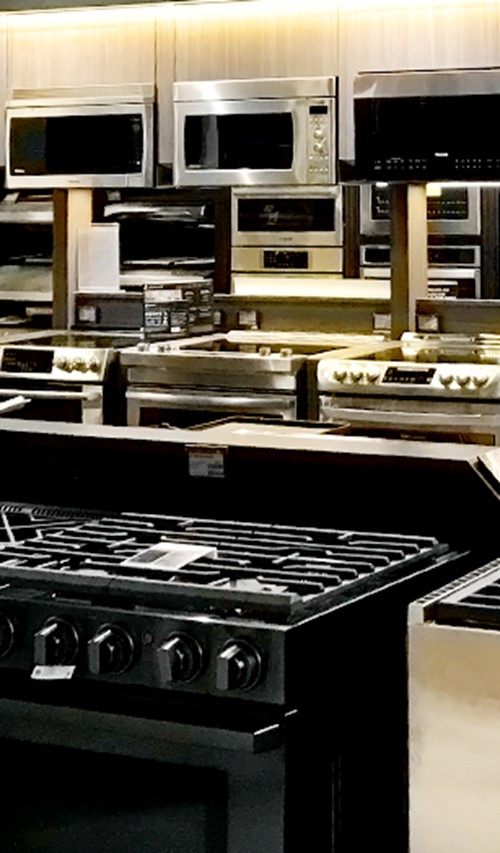
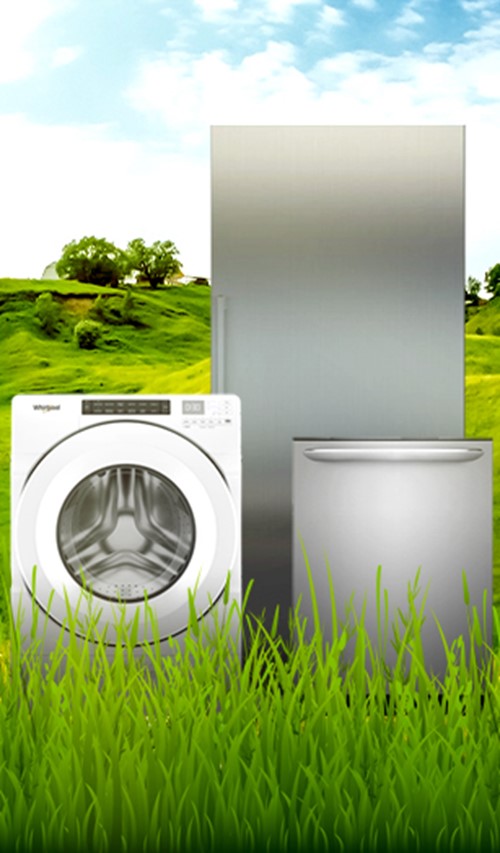
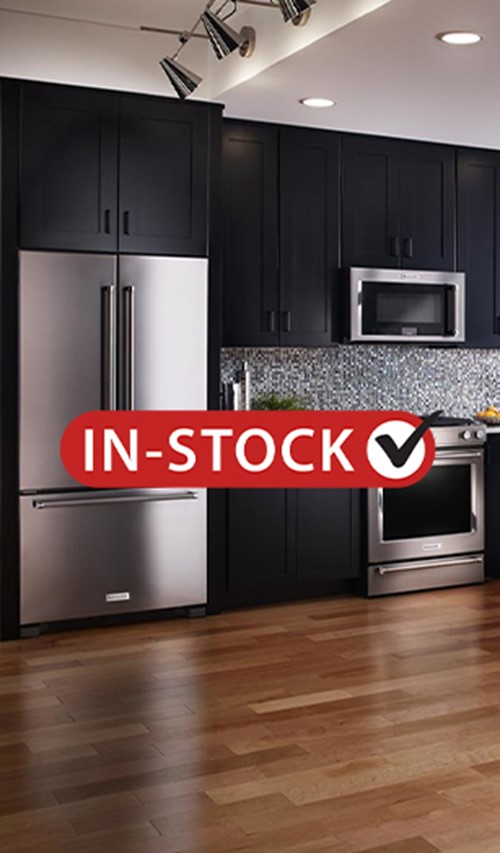
Take the guess work out of creating your dream kitchen/ laundry area.
Closed Box or End of Line Products are products that have been discontinued or are no longer being produced, but still new and never opened. For this reason an additional discount may apply.
Open-box products are typically floor models or returned goods that have been inspected to make sure they work. You will be able to purchase them from individual store locations. Product varies from location to location.
Sometimes the most daunting task in the kitchen isn’t actually cooking, but rather learning how to properly use new appliances. With technology changing at a rapid pace, we are seeing new and innovative technologies being incorporated into appliance designs more and more. This isn’t something to be afraid of though; in fact, these technologies can help you create better tasting meals so that you can become the chef you’ve always dreamed of being.
Convection cooking has been one of those technologies that continue to stump customers, despite having been around for many years. Many of us don’t understand how convection cooking works so we often just ignore this innovative feature all together. Contrary to popular belief, convection cooking is actually quite simple and, if used properly, can be quite effective.
Unlike conventional ovens, convection ovens incorporate a fan into their design. This fan sits at the back of the oven and when engaged, circulates the hot air inside of the oven evenly around the food surface, in order to eliminate hot spots. Using the convection feature should result in juicer, and more evenly cooked food.
There are also different types of convection ovens, which can also lead to some confusion. Some convection ovens only use heat created by the heating elements within the oven cavity as the source of hot air. Other types of convection ovens such as European or “true” convection ovens, incorporate a third heating element placed behind the fan. This is something that can affect how your convection oven will react with the food your cooking, so it is important to always keep an eye on your food your first few tries.
To get started with your convection oven, we recommend trying some of these common convection cooking methods:
Now, if you aren’t a fan of math or doing time and temperature conversions in your head, don’t panic. Some convection ovens come equipped with a convection conversion feature which takes away any guess work involved in reducing time or temperature. All you need to do is enter the conventional cook temperature and then hit the convection convert button which will automatically adjust to the proper temperature and/or cook time.
Keep in mind that the purpose of a convection oven is to circulate air, so make sure the cookware you are using does not obstruct that airflow. Look for cookware with low side walls that will let the air circulate more freely.
One last tip; note what you would like to cook, or cook most often. While convection cooking can be great it doesn’t always pair well with certain foods like a soufflés, for example. For best results only use your convection oven when baking or roasting.
To view all of our convection oven options click here or visit your local Goemans store!
--
Wanting more? Sign up for our e-newsletter and score the latest promotions, appliance trends, deals and exclusive access to sales BEOFRE they happen - right in your inbox! 
--